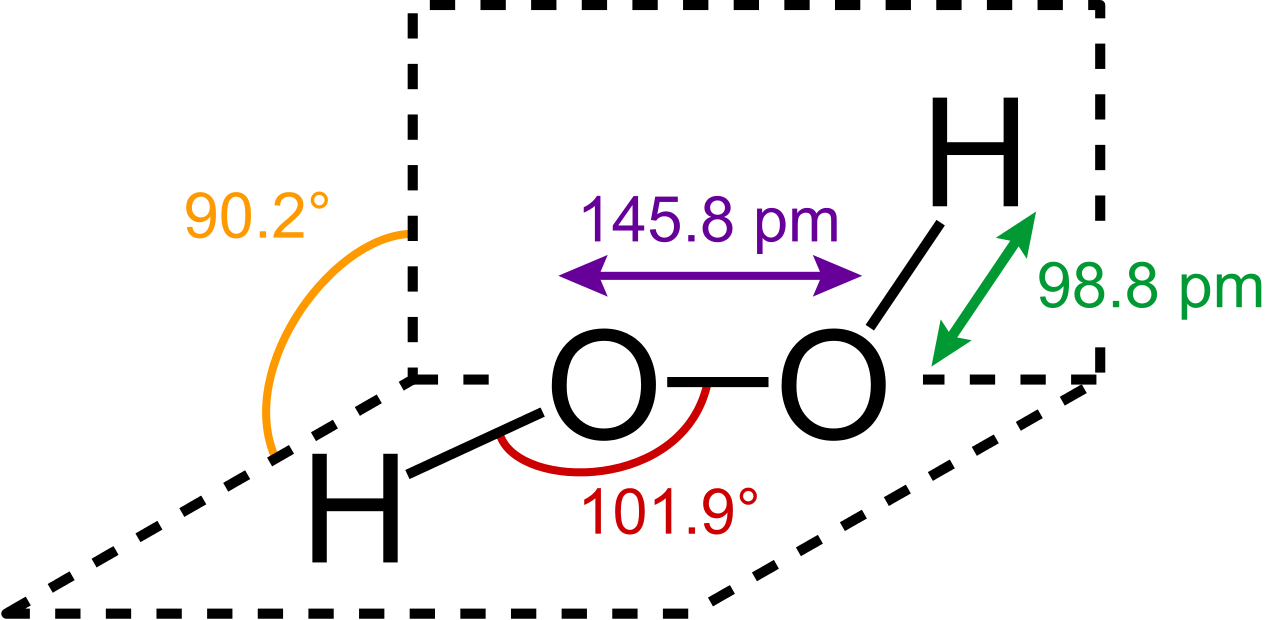Food grade H2O2, as a disinfectant, bleaching agent, etc., is widely used in food processing such as dairy products and dried bean curd. The Ministry of Health GB2760-1996 has strict control over the scope, area and dosage of H2O2, and it is not allowed to detect it in the final product. In addition, the European Pharmacopoeia specifies a peroxide limit of 10 ppm under "gelatin". The limit of the project in China's medicinal gelatin light industry standard QB2354 - 2005 is also 10ppm.

Peroxide should be said to be almost non-existent in regular production of edible and medicinal gelatin. If the test exceeds the content of 10 mg / kg, it can be judged that it is added during the rubber making process. Some factories have poor sanitary conditions. In order to prevent corrosion or make the gelatin white, some hydrogen peroxide is added to the glue. It has been reported in the literature that some factories can detect hydrogen peroxide in the range of hundreds or even thousands of mg/kg. Even some factories add industrial grade hydrogen peroxide, Industrial grade hydrogen peroxide contains a certain amount of harmful impurities such as Anthracene, Quinone and heavy metals. Anthracene and Quinone are carcinogens that have been scientifically identified and can only be used in paper, printing and dyeing industries.
In recent years, there have been repeated studies suggesting that oxygen free radicals in the body damage lipids, DNA, proteins, etc., and may directly lead to some chronic cardiovascular, immune system diseases or aging. Based on this understanding, people have gradually begun to use some antioxidant substances, such as Carotene, VitE, etc. to balance peroxides and delay aging. Therefore, the residual peroxide in the gelatin empty capsule may cause harm to the human body.


